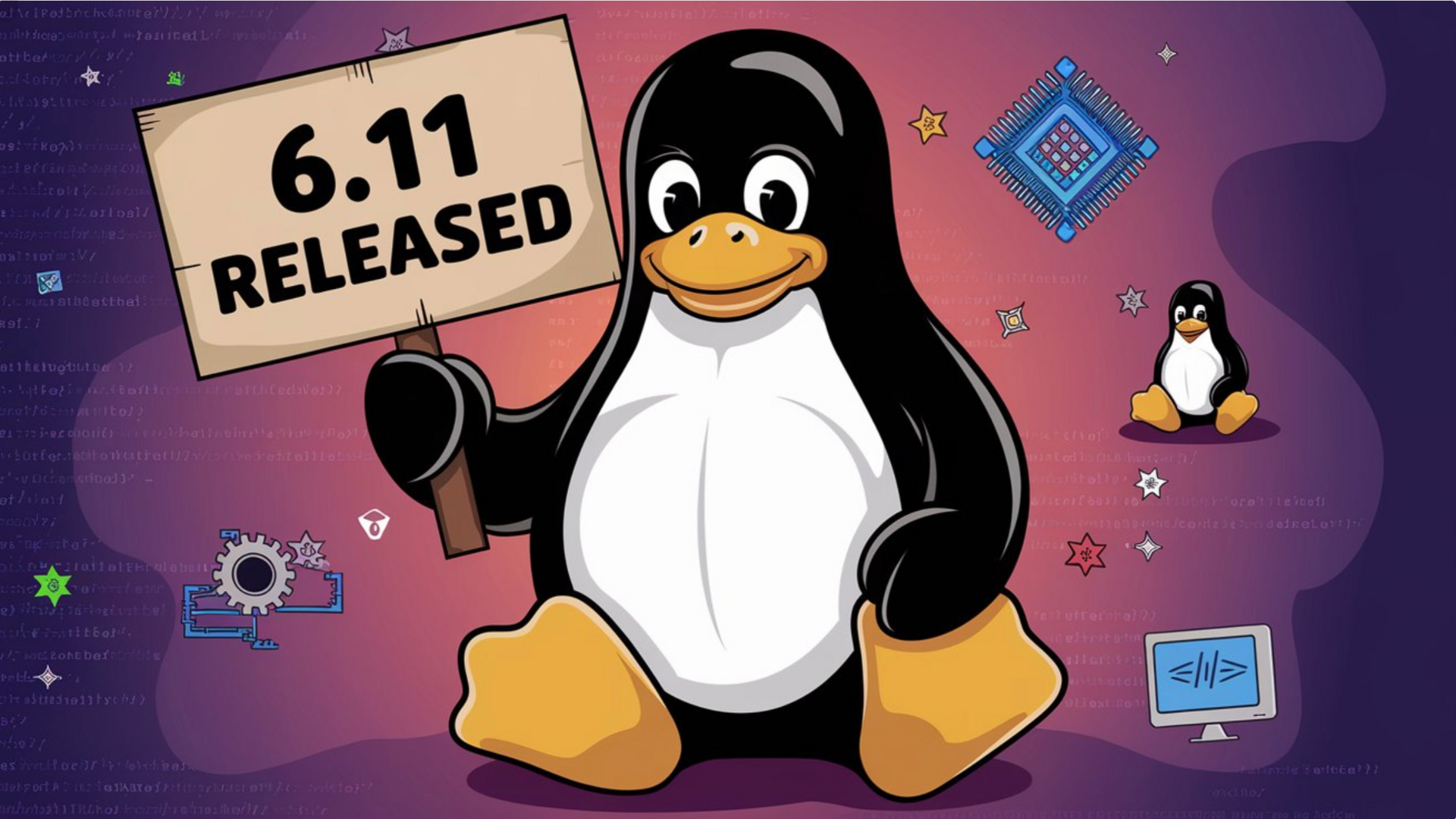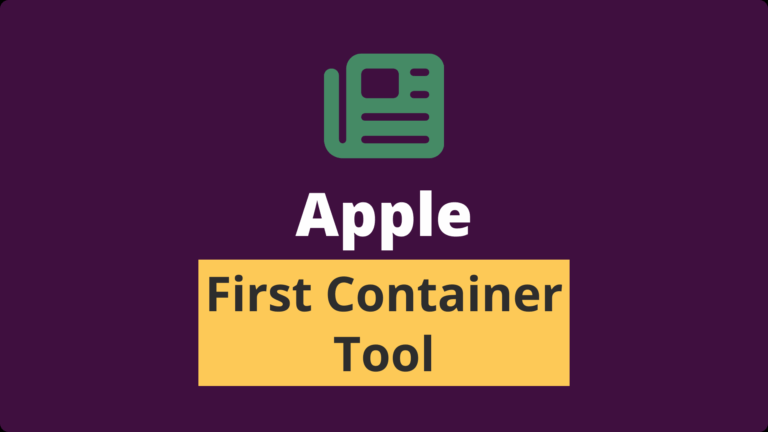Linux kernel 6.11 has officially been released, as announced by Linus Torvalds on September 15, 2024.
This update introduces a variety of new features, hardware support enhancements, and performance improvements.
So, what does this mean for your system?
Table of Contents
Key Features and Improvements
Hardware Support
This update brings better support for various hardware:
- Bluetooth/WLAN Chips: Improved drivers for Qualcomm devices.
- AMD and Intel Hardware: Better support for new AMD and Intel products.
New Hardware Supported:
- RDNA4 GPUs: Upcoming AMD graphics cards.
- Lunar Lake Processors: New Intel processors.
- Arrow Lake CPUs: Another new line of Intel processors.
Memory Management
File System Enhancements
Networking Enhancements
This video has a lot of useful information about this kernel.
FAQ about Linux Kernel 6.11
What are the key features of Linux Kernel 6.11?
- AMD Core Performance Boost Control: The AMD P-State driver now allows users to manage turbo and boost frequency ranges on a per-core basis, improving performance without increasing power consumption.
- Fast CPPC Support: Enhancements for Ryzen (Zen 4) mobile processors yield a performance increase of approximately 2-6% while maintaining power efficiency.
- AES-GCM Crypto Performance: Encryption and decryption speeds for AES-GCM processing have been increased by up to 160% on modern AMD and Intel CPUs.
- RDNA4 Graphics Support: The kernel includes baseline support for AMD’s upcoming RDNA4 graphics architecture, ensuring compatibility with future GPU releases.
- Support for Qualcomm Platforms: New driver subsystems enable support for Bluetooth/WLAN chips on Qualcomm devices, enhancing connectivity options.
- Block Atomic Writes: Initial support for block atomic writes in NVMe and SCSI storage devices aims to improve I/O performance.
- Virtual CPU Hotplug Support: This feature is now available for AArch64 (ARM64) ACPI systems, allowing dynamic management of CPU resources.
- Monochrome Panic Screen: A “Blue Screen of Death” (BSOD) feature has been introduced for graphics driver panics, providing a visual indication of kernel issues.
Who will benefit from Linux Kernel 6.11?
Primarily, users with AMD hardware will see significant benefits from the new features and enhancements aimed at improving performance and efficiency.
Additionally, developers using Arch Linux will appreciate the ease of building native kernel packages with the new make pacman-pkg command.
How long will Linux Kernel 6.11 be supported?
Linux Kernel 6.11 is considered a short-lived branch and will only be supported for a few months. It will be succeeded by Linux Kernel 6.12, which is expected to be released in mid or late November 2024.
Where can I download Linux Kernel 6.11?
Users can download Linux Kernel 6.11 from Linus Torvalds’ Git tree or the kernel.org website. It is advisable to wait until it is available in your distribution’s stable software repositories before upgrading.




